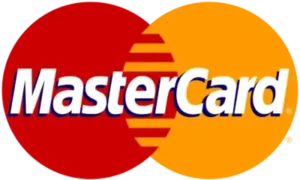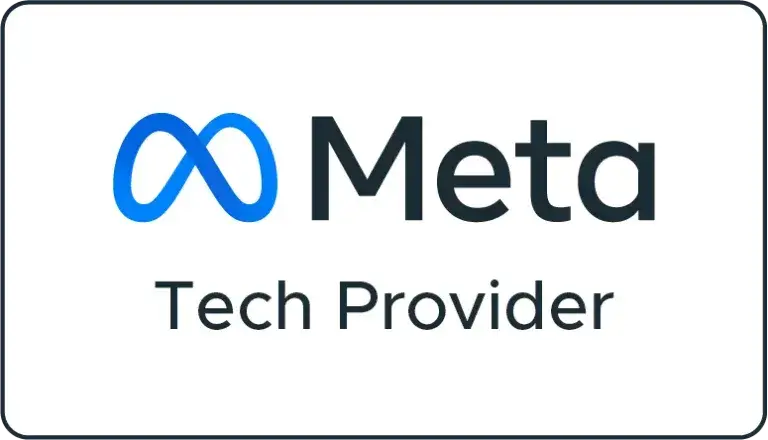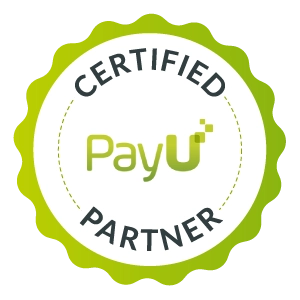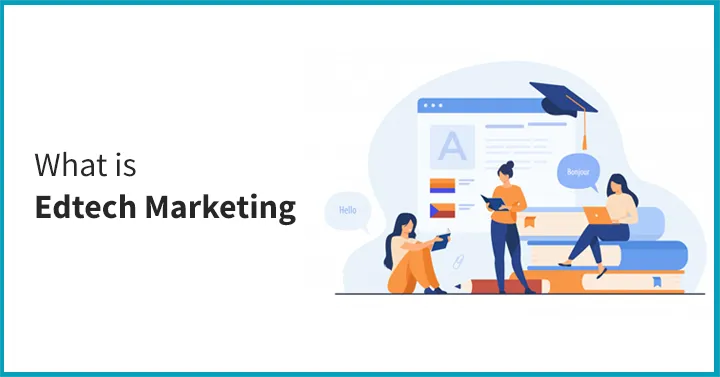
The digital age has affected every aspect of human life, including learning, revolutionizing the education landscape through the emergence of educational technology (EdTech). As an entrepreneur starting an EdTech business, marketing for your product is critical to success. In this blog, we focus on EdTech marketing through different strategies to help you grow your business and increase your online visibility.
- Video Marketing
Why Video Marketing in Educational Technology Marketing
- Video Contents: Videos are visual content that captures a wide audience and involves music, movement, and the spoken word, allowing one to present detailed and complicated information. As an EdTech entrepreneur, you can use video content to show user your platforms on your website, and how its works, and what it offers.
- Storytelling: Based on your experience or success stories shared by your users, explain the EdTech challenges and how your solution that met their needs. Analytical Review: using a SWOT analysis model to evaluate the strengths, weaknesses, opportunities, and threats in the EdTech Marketing.
- SEO Algorithm: Video content helps in website ranks, a more visible platform that will result in increased subscription.
How to Create Engaging Videos
- Educational demonstration.
- Explainer video.
- Testimonial1133.
- Webinar and live session.
- Behind the scene.
How to Optimize Video
- Keyword title.
- Thumbnails.
- Close caption.
- CTA ( Call to Action)
Why Content marketing in Educational Technology Marketing?
- Educational content.
- Thought leadership
- SEO Benefits
Crafting Effective Content
- Blog Posts: Write detailed articles on EdTech trends, teaching methodology, and student engagement, and each post must be optimized for your focus keyword.
- Whitepapers and E-books: Research-backed articles that provide specific solutions to problems. Offer them as downloadable assets on your website/blog.
- Case Studies: Share success stories with your users, explaining how your product increased students’ retention rate.
- Infographics: A better way to present data, stats, and EdTech operations. Infographics are easily shareable and catch the eye.
- Newsletters: Send newsletters to your users to keep them updated on the latest trends and news in your niche.
SEO Optimization TipsEducational Technology Marketing
- Choose the right keywords: Use tools like Google Keywords planner, Ahrefs, etc., to find keywords related to Educational technology.
- On-Page SEO:
- Create H1, H2 and H3 tags in your content for better structure.
- Meta tags: Optimize meta titles and descriptions for your focus keyword.
- Internal linking: Share your links to related articles and pages on your site.
- Quality over quantity: Google likes valuable and more informative articles rather than a large number of low-quality articles or blog posts.
- Mobile optimization: Your content must be mobile-optimised.
- User experience: Write a good tale and keep the UI in your users’ minds. Make the UX as seamless as possible.
Measuring Success:
- Traffic: Monitor your site traffic using Google Analytics, etc.
- Conversion rate: Track how many people are taking your desired action e.g signing up, downloading, etc.
- Backlinks: A good quality backlink is essential to grow your DA.
- Social shares: If people like your content, they share it on social media.
Key Elements to optimise:
App Description:
- Use keywords that are appropriate and natural.
- Draw attention to your unique selling points (USPs).
- Describe how the app is helpful to its users.
Screenshots and Videos:
- Present features that your app offers.
- Make use of keywords in your captions.
Ratings and Reviews:
- Request users to leave positive feedback.
- Respond promptly to received feedback.
Localization :
- Convert your app store listing into multiple languages.
- Note the cultural aspects and preferences.
Keywords
- Utilise the title, subtitle, and description with keywords.
- Find imperative keywords using apps like Sensor Tower or Mobile Action.
Measuring Success
- Conversion Rate: The proportion of app store viewpoints that lead to downloads.
- Keyword Rankings: Categorize where your app is listed for crucial keywords.
- User Feedback: Study ratings, reviews, and sentiments.
- Competitor Analysis: Undertake an ASO relative analysis.
why Online PR (Public Relation) for Educational Technology Marketing?
Building Credibility and Trust
- Work with Influencers and Thought Leaders:
- Identify EdTech industry personas like educators and bloggers.
- Suggest collaborations or guest blogs and interviews.
- Use their endorsement to build trust with your brand.
- Press Releases and Media Coverage :
- Employ well-crafted press releases for product launches, team expansions, or special growth milestones.
- Distribute them to the right forms for more exposure.
- Guest Articles and Op-Eds:
- Write informative articles about EdTech trends, issues, or breakthrough policies.
- Enhance the content viability and post on reputed websites.
Engaging your Audience
- Webinars and Virtual Events
- Enrol for webinars on instructive topics.
- Host virtual events to interact with educators, students, and parents.
- Interviews and Podcasts
- Engage in view teaching podcasts that debate education technology topics.
- Be a guest on appropriate discussions.
- Podcasts create a bond between users.
why Social Media PR for Educational Technology Marketing?
- Share updates, educational content, success stories via your social media pages regularly.
- Communicate in comments, discuss with your followers.
- Have relevant hashtags to expand your reach.
Crisis Management:
- Be ready ahead of time:
- Anticipate potential PR crisis.
- Set a plan in case a situation occurs.
- Respond at once and openly If a problem arises, address it quickly and transparently.
Negatively view feedback:
- Notice complaints as soon as they are made and don’t ignore them.
- Answer issues honestly and with resolution or plans for improvement.
- Show understanding and willingness to resolve issues.
Measuring PR Success
- Media mentions:How many times your brand is noticed in online media.
- Social engagement:Count likes, shares, and comments on your content.
- Influencer effect:Measure for influencer collaboration impact results.
- Brand sentiment:How positive to negative people’s opinions on your brand are.
Search Engine Optimization (SEO)
Why it Matters in Educational Technology Marketing?

- Traffic:The higher you rank on search engine results pages , the more clicks you receive organically.
- Visibility:If you aren’t visible, no one can find you.
- Credibility:You want people to trust you and trust is gained from people finding your site.
Key Strategies for EdTech Businesses
- Research Keywords:
- Find keywords that are relevant to edtech marketing and that have low competition and high traffic.
- You can use tools like Google Keyword Planner or Ahrefs.
- Use long-tail keywords.
- On-page optimizing:
- Meta tags: titles, etc. should be optimised with your keyword as the focal point.
- Use Headings, H1, H2, H3 in your content.
- URL structure and the alt text for images.
Content quality:
- Produce content people actually want to read that’s engaging and informative.
- Always write new, relevant blogs.
- Naturally incorporate your keyword where applicable.
Mobile optimization:
- Ensure your site is mobile-friendly.
- Google will rank your site not as high if it isn’t mobile-friendly.
User experience:
- Fast load times.
- Clear, concise navigation.
- Engaging design.
Backlinks:
- Gather backlinks to have high authority sites link to you.
- All of this can also be supported by guest posts, collaborations, and industry partnerships.
To Determine How well your SEO strategy is working, track the following:
- Keyword Rankings. Monitor your position in the search for target keywords.
- Organic Traffic. Keep an eye on the number of users who find your site through a search engine.
- Bounce Rate. Try to reduce your bounce rate. The higher the bounce rate, the more users abandon the site almost immediately.
- Conversion Rate. Measure the number of users who have accomplished your goal (subscription, download, etc.).
Social Media Marketing
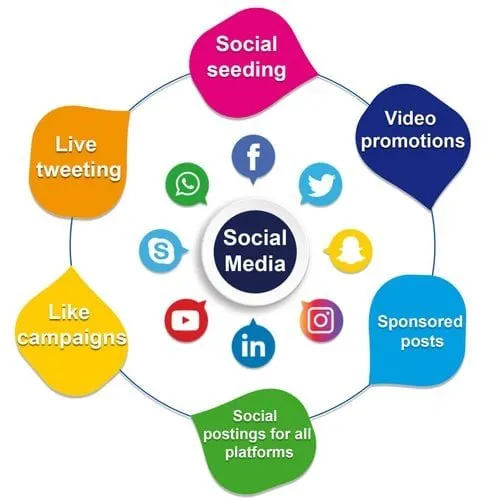
Why do you need a social media profile? for Educational Technology Marketing
The answer is simple:
- Audience Reach. Hundreds of millions of people regularly use social networks. Some use several accounts.
- Engagement. You can communicate directly with potential parademics or parents, targeting them.
- Brand Building. Regular posts make your brand recognizable and create trust among users.
Which social media platform to use?
- Facebook : Here you can create a community, share records, and posts with advertising.
- Instagram : A visual content platform where you can showcase your product.
- Twitter : News site where you can communicate with market leaders.
- LinkedIn : This is where school principals and teachers hang out.
- YouTube : Share video tutorials or success stories
What content to create?
- News. You must share the latest news about EdTech. Make educational posts. Write inspiration, opinion, and EdTech trend i-posts. *
- About us. Let your followers meet your team and learn about your product development.
- User Content and testimonials. Share reviews and reviews.
- Conduct Live Q&A or Webinars.
- Use hashtags.
What to do with the audience?
- Reflect : Write unfollows and direct messages.
- Vote and survey : Involve users in shaping your product.
- Content : Pay for attracting and publishing.
- Union : Collaborate with other edtechs or bloggers and share information.
Which metrics should you monitor:
- Growth of subscribers : How many people follow you.
- Communicative effectiveness : Measure how much likes, comments, and repost of a hashtag.
- Click-Through Rate : How many times users click on your links.
- Use: How many users move from social networks to the site or become students.
Email Marketing
1.Digital Lead Generation:
- Create compelling lead magnets : Whether it’s e-books, webinars, or free trials, they must be tempting enough for users to want to subscribe to them.
- Use landing pages with clear CTAs ( call to action)
- Segmentation:
- Based on user behavior, interests, and demographics, separate email lists.
- Send targeted content that would most likely be interesting to each segment.
Crafting Email Marketing Emails:
Welcome Emails:
- Let them know what to expect when signing up.
Sharing your free resource to give your email more value upfront.
(a) Email your audience blog posts, case studies, successes.
(b). Share tips and tricks and best practices from the realm of EdTech.
- Product Updates and Announcements:
(a.) Remember your subscribers to let them know what’s new.
(b.) Feature images of your new features or refer them to a video of how it all works.
- Personalised Recommendations:
Depending on the course or blog post, the users have seen, recommend things.
Optimization Tips:
- Subject Lines:
- Make your subject lines as catchy as possible regarding what the email is about.
- Design and Layout:
- Keep your emails nice and steadfast.
- Use react layouts for mobile subscribers.
- CTA:
- Tell the recipient, “Our upcoming webinar is ready to be signed up for,” or “Our app might just be for you.
Measuring Email Success:
- Open Rate: How many people opened the email.
- Click-Through Rate: How many people clicked on links you included in the email bode.
- Conversion Rate: How many users have completed the desired action.


